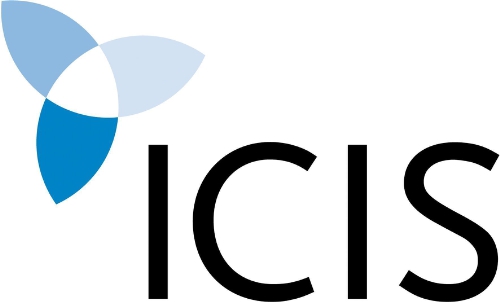Group II’s appeal for Europe Base Oils in 2019 Newsletter June 2018
20/06/2018

ICIS is proud to be partnering with UEIL in 2018 to present a base oils seminar ahead of the annual UEIL Congress in October.
ICIS market experts will be looking back over the last 12 months of base oils market activity, as well as looking ahead to challenges and opportunities the market may face.
A slow rumble in Europe’s base oils business is growing louder, heralding changes which could filter all the way down to the jerry cans of engine oil we pick up to refill our cars.
Changes are afoot for the type of base oils which will dominate in future.
These are partly driven by higher quality base oil developments, and strongly by changes in industry specifications known as ACEA 2016, which kick in from December 2018.
The rumble is set to become a roar with the opening of a new Group II plant in Rotterdam later in 2018/early 2019.
Historically, Group I have dominated but others, like Group II and III, are growing in use.
Led by Europe’s automobile association, ACEA 2016 dictates the quality specifications for lubricants used in motor engines which are a major end use for base oils. Industry players say this new specification heavily endorses Group II base oils, and a number of European blenders are expected to, or have already, anticipated the change and shifted towards Group II.
Until now, a recent dominant force in Europe’s Group II base oils sector has been the US supplier Chevron.
Other US suppliers also get a look in on the market, and PetroCanada has supplied Europe with Group II.
Asian arbitrage is occasionally open but needs to open for a decent length of time to make a move worthwhile.
Ahead of the specification (spec) change, there has been interest from Aramco, which has brought a number of brands together to create a global slate, including new Group II output from Luberef, and existing Group II supply from Korea’s S Oil, which is a well-established Group III player.
The game changer is set to be the new ExxonMobil Group II plant in Rotterdam, due to supply commercially in early 2019.
Industry players expect it to produce around 900,000 tonnes/year of Group II base oils, though this is not an official figure.
The company announced that it is expanding its global slate of base stocks with the introduction of a heavy neutral Group II base stock, EHC 120, production of which will take place at ExxonMobil’s Rotterdam refinery in the Netherlands following completion of its hydrocracker expansion.
Group I’s historic ubiquity means other grades of base oils are often priced against it. For example a number of Group II contracts are priced at a premium over Group I.
As Group I fades from use and becomes, as many expect, a speciality product for the thick, heavy brightstock which is not made in modern Group II and III production processes, this may change.
Eventually, some market players view a swap in valuation between Group I and II – with Group I prices moving to be higher than its younger replacement – as inevitable.
But exactly how quickly that could happen is the million dollar question.
Benchmark your position with ICIS Base oils-Lubes indices and price assessments
Whichever regional Base oils-Lubes markets you work in, ICIS can offer the thorough pricing information you need to operate with confidence.
Our independent pricing reports provides objective and trusted intelligence helping you make better-informed business decisions.
USE ICIS INFORMATION TO:
- Receive updates and information on reliable price assessments and analyses
- Compare price histories and view comprehensive commentaries on the changing trade patterns and trends
- Understand the key price drivers and market conditions and settle your contract prices more confidently
Request your free sample report now> https://www.icis.com/contact/free-sample-price-report/?&cmpid=PLC|ENER|CHCEN-2018-2006-EURO-base_oils_crosspromo&sfid=7012X000001qB8m

